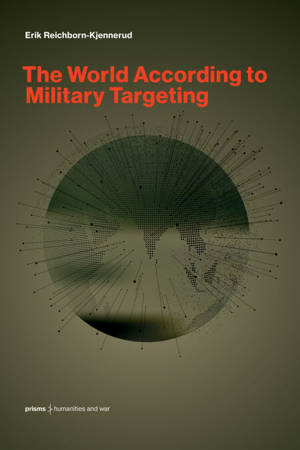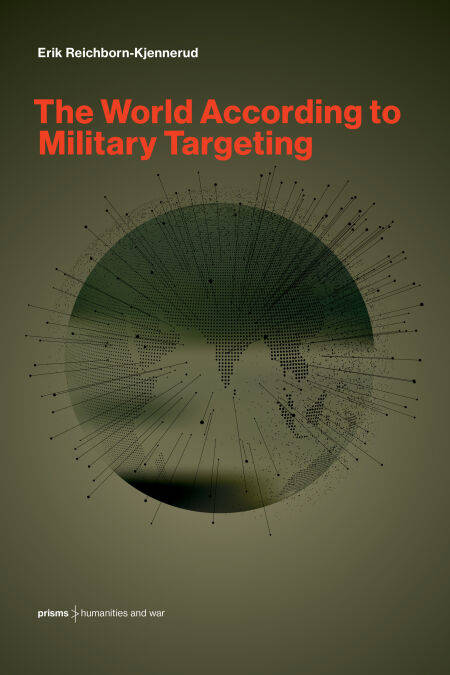
- Afhalen na 1 uur in een winkel met voorraad
- Gratis thuislevering in België vanaf € 30
- Ruim aanbod met 7 miljoen producten
- Afhalen na 1 uur in een winkel met voorraad
- Gratis thuislevering in België vanaf € 30
- Ruim aanbod met 7 miljoen producten
Zoeken
Omschrijving
A revealing account of the prevalence—and alarming ubiquity—of military targeting, and how it has become a self-propelling worldview driven by dominance, violence, and power.
The World According to Military Targeting engages directly with our grave world condition, asking how we ended up in a “closed world” made for military targeting by military targeting. In this book, Erik Reichborn-Kjennerud explores how the operational logics and seductive forces of targeting produce a world in which the only ways to think about politics and security is through military supremacy, endless war, and global domination, with serious implications for social and political life.
Offering a critical investigation of military targeting through the lenses of its historical formation, current operations, and future implications, the author presents an innovative investigation into targeting’s radical knowledge production, how it abstracts and brings into being new worlds, and the violence and destructive effects it generates. Through an interdisciplinary lens, the book draws attention to military doctrine and methodologies; statistical thought and practice; the mathematical and computational techniques of data production, processing, and modeling; and the so-called machine-learning algorithms and AI of today. The resulting narrative provides novel insights into how imagining the world, producing the world, and operationalizing the world are always wrapped up in each other and profoundly embedded in sociotechnical systems.
The World According to Military Targeting engages directly with our grave world condition, asking how we ended up in a “closed world” made for military targeting by military targeting. In this book, Erik Reichborn-Kjennerud explores how the operational logics and seductive forces of targeting produce a world in which the only ways to think about politics and security is through military supremacy, endless war, and global domination, with serious implications for social and political life.
Offering a critical investigation of military targeting through the lenses of its historical formation, current operations, and future implications, the author presents an innovative investigation into targeting’s radical knowledge production, how it abstracts and brings into being new worlds, and the violence and destructive effects it generates. Through an interdisciplinary lens, the book draws attention to military doctrine and methodologies; statistical thought and practice; the mathematical and computational techniques of data production, processing, and modeling; and the so-called machine-learning algorithms and AI of today. The resulting narrative provides novel insights into how imagining the world, producing the world, and operationalizing the world are always wrapped up in each other and profoundly embedded in sociotechnical systems.
Specificaties
Betrokkenen
- Auteur(s):
- Uitgeverij:
Inhoud
- Aantal bladzijden:
- 288
- Taal:
- Engels
- Reeks:
Eigenschappen
- Productcode (EAN):
- 9780262383165
- Verschijningsdatum:
- 26/05/2025
- Uitvoering:
- E-book
- Beveiligd met:
- Adobe DRM
- Formaat:
- ePub

Alleen bij Standaard Boekhandel
+ 59 punten op je klantenkaart van Standaard Boekhandel
Beoordelingen
We publiceren alleen reviews die voldoen aan de voorwaarden voor reviews. Bekijk onze voorwaarden voor reviews.








